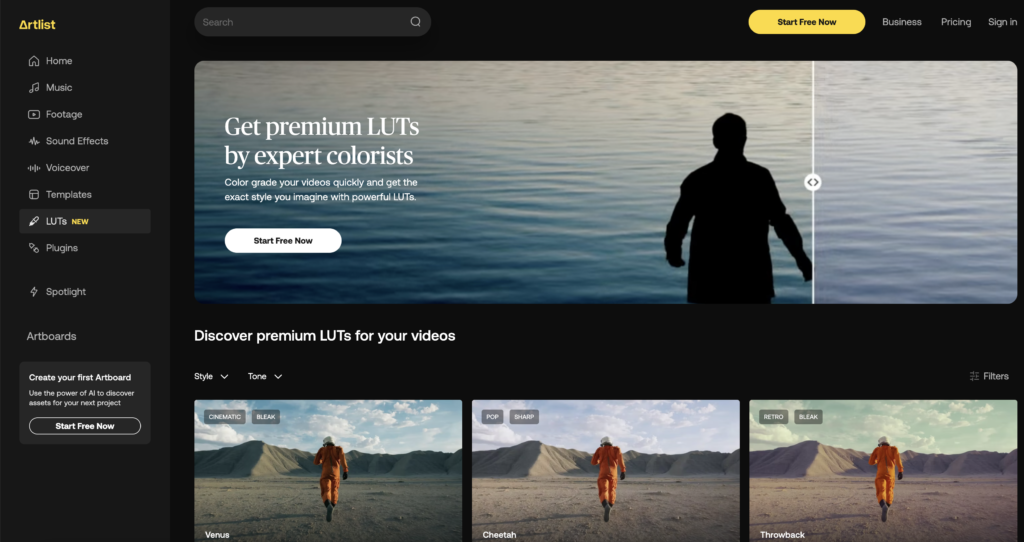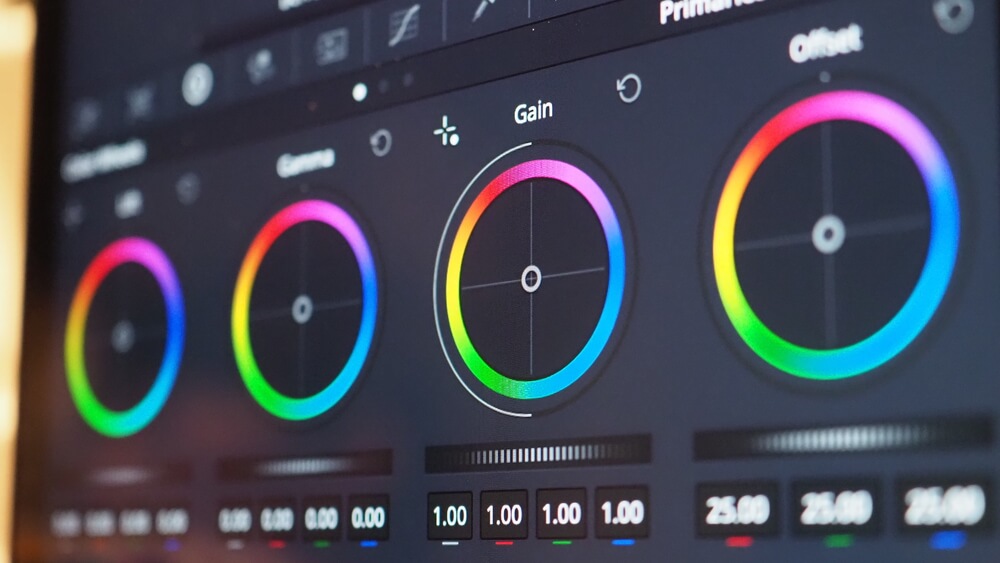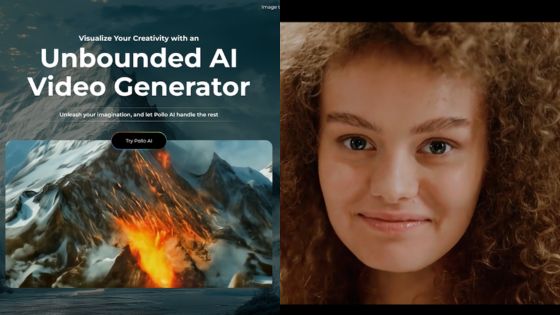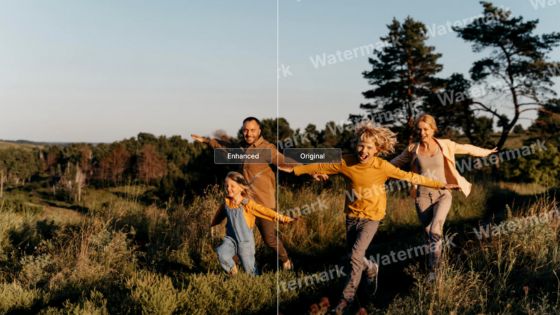
The secret to more creative videos lies in the planning phase. By clearly defining your audience, message, and storytelling techniques before recording, you set the stage for an engaging video. Experimenting with color, lighting, and composition adds depth, while unique camera angles and sound design evoke emotion and build atmosphere. Ready to enhance your video creativity?
Pre-Production Planning
Effective videos begin with a clear understanding of your audience and message. Create a strong concept that resonates, then build a storyboard to organize shots and scenes, ensuring a smooth, captivating narrative.
Define Your Target Audience and Message
Identifying your audience and crafting a focused message are crucial to creating impactful content. Analyze your viewers’ demographics and preferences to shape a message that aligns with their needs and your brand’s values. A targeted, relevant message fosters connection and encourages engagement.
Develop a Strong Concept and Storyboard
Start with a strong concept, then bring it to life with a detailed storyboard. Begin by brainstorming themes, storylines, and visual styles that match your audience’s interests. Once you’ve chosen a compelling idea, flesh it out, ensuring it’s memorable and visually engaging.
- Brainstorm: Explore diverse themes and visual styles with your team.
- Refine: Select and develop a standout concept that effectively conveys your message.
- Storyboard: Outline each scene, specifying shot composition, camera movement, and transitions.
Visual Storytelling Techniques

Visual storytelling uses elements like color, lighting, and composition to guide emotions and focus. If you’re aiming for cohesive color grading, it’s helpful to know how to get premium LUTs for your editing toolkit. Premium LUTs allow for precise color adjustments, enhancing each scene’s impact and giving your video a professional edge. Experiment with composition and framing techniques, using camera angles to add depth and engage your audience.
Use of Color and Lighting
Color and lighting are powerful tools for setting mood and focus. Understanding color symbolism lets you shape viewers’ emotions. Use these techniques to enhance your scenes:
- Contrast colors to highlight key elements and create visual interest.
- Adjust lighting to evoke specific emotions, from warm, intimate tones to high-contrast tension.
- Use ambient lighting to add realism and depth, making scenes more immersive.
Composition and Framing
Mastering composition elevates visual impact. Arrange elements in the foreground, middle ground, and background to create depth, and use techniques like the rule of thirds to guide the viewer’s eye. Mix wide shots, medium shots, and close-ups to maintain engagement, and experiment with angles for added interest.
Camera Movement and Angles
Intentional camera movement and angles keep viewers engaged. For a powerful narrative, vary camera angles to provide unique perspectives. Incorporate smooth movements like pans and tilts to guide the viewer’s focus, adding a sense of fluidity to the story.
Sound Design and Music
Sound design and music shape your video’s emotional impact. The right sounds and soundtrack immerse viewers, enhancing their connection to the story.
The Power of Sound Design
Thoughtfully placed sound effects and ambient noises bring scenes to life. Background sounds establish location, while well-chosen music heightens emotions, adding depth and resonance.
- Add sound effects to reinforce visuals and realism.
- Layer ambient sounds to create atmosphere.
- Use music to evoke specific emotions, amplifying suspense or highlighting key moments.
The Role of Music
Music enhances your video’s emotional pull. Choose music that matches the tone and mood, using upbeat tempos for energy or slower rhythms for intimacy. Ensure that lyrical themes complement your message, and experiment with instrumental tracks to maintain focus.
Post-Production Editing
Post-production turns raw footage into a polished video. Skillful editing establishes a compelling narrative and smooth flow, while color grading enhances mood and cohesion.
Video Editing Techniques
Editing techniques shape the narrative’s pace and flow. Use jump cuts for fast-paced action, match cuts for seamless scene transitions, and montages for emotional impact. Experiment with effects and pacing to keep viewers engaged.
- Jump cuts: Propel the story forward by trimming pauses.
- Match cuts: Smoothly transition between scenes for continuity.
- Montages: Condense time and convey emotion through rapid clips.
Color Grading and Correction

Color grading is where your video’s visual quality can truly stand out, especially with the right tools. Learning how to get premium LUTs can elevate your footage, creating a consistent, professional look across scenes. With premium LUTs, you can refine color tones, enhance mood, and bring a cinematic feel to your videos that resonates with viewers. By experimenting with these high-quality LUTs, you’ll have greater control over color harmony, whether aiming for a warm, nostalgic aesthetic or a sleek, modern vibe.
Conclusion
By applying these creative techniques, you’ll craft videos that captivate and resonate. Embrace storytelling, vivid visuals, and precise editing to make a lasting impact. The most memorable videos connect deeply with their audience, leaving a lasting impression that goes beyond the screen.
- 3shares
- Facebook0
- Pinterest3
- Twitter0



